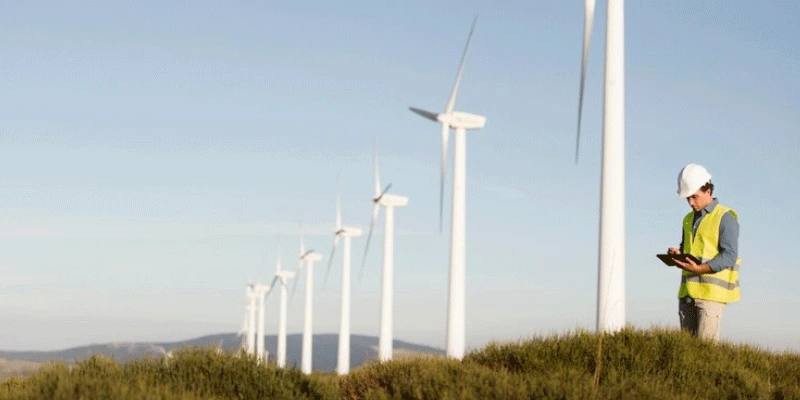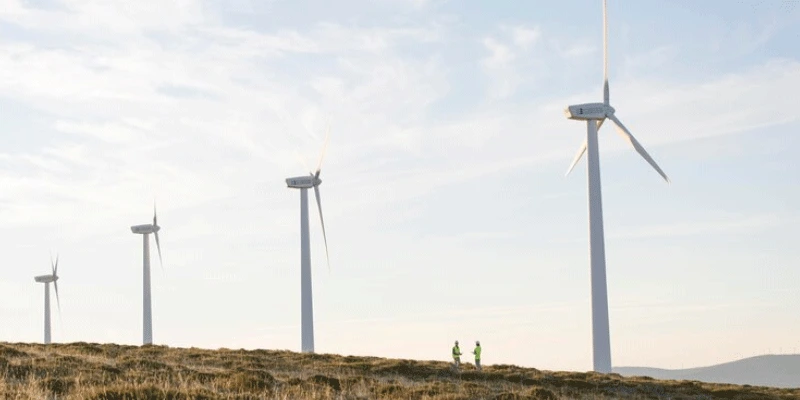Wind energy is one of the most sustainable sources of power, and its popularity continues to grow as the world shifts toward renewable energy solutions. At the heart of any wind energy system lies the tower that supports the wind turbine. While steel towers have been widely used, concrete towers are becoming a favored option in many wind energy projects. These towers offer several benefits in terms of cost, durability, and adaptability. This article explores the advantages of using concrete towers for windmills and why they are an excellent choice for modern wind energy systems.
What Are Concrete Towers?
Concrete towers are constructed from reinforced concrete, either as precast segments or poured on-site. Unlike steel towers, which are transported as prefabricated sections, concrete towers can be built directly at the windmill site. This method allows for customization and flexibility, especially in locations where transporting large components is challenging. Concrete towers are known for their bulkier design and ability to support heavy loads, making them a strong and stable foundation for wind turbines.
Key Advantages of Concrete Towers
1. Cost-Effectiveness
One of the most significant advantages of concrete towers is their cost efficiency.
Lower Material Costs: In regions where cement and other concrete materials are locally available, concrete towers are often cheaper to construct compared to steel towers.
Reduced Transportation Costs: Since concrete towers can be built on-site, the need for transporting large prefabricated sections is eliminated, saving on logistics expenses.
Long Lifespan: Concrete towers have a longer service life, reducing the need for frequent replacements and lowering long-term costs.
2. Durability and Stability
Concrete towers are exceptionally durable and can withstand harsh environmental conditions.
Resistance to Corrosion: Unlike steel, concrete does not rust or corrode, making it ideal for coastal areas or regions with high humidity.
Weather Resistance: Concrete can handle extreme weather conditions, including high winds, storms, and temperature fluctuations, without significant wear and tear.
Strong Foundation: The heavy weight of concrete towers provides excellent stability, ensuring the windmill remains steady even during strong winds.
3. Support for Larger Turbines
The growing demand for wind energy has led to the development of larger turbines, which require stronger and more robust towers. Concrete towers are well-suited for this purpose.
High Load Capacity: Concrete towers can support the heavy nacelles and rotor blades of large wind turbines without compromising structural integrity.
Customized Design: Their construction process allows for the design of towers that meet the specific needs of larger turbines.
4. Flexibility in Height
Concrete towers offer flexibility in terms of height, which can significantly impact wind turbine performance.
Access to Stronger Winds: Taller towers enable turbines to reach higher altitudes, where wind speeds are more consistent and powerful, improving energy generation.
On-Site Construction Advantages: Since concrete towers are built at the site, they can be constructed to the desired height without worrying about transportation limitations.
5. Environmental Benefits
Concrete towers contribute to the sustainability goals of wind energy projects.
Local Material Use: Using locally sourced materials reduces the carbon footprint associated with transportation.
Longevity: Their long lifespan minimizes waste, and advancements in recycling concrete at the end of its life further enhance environmental benefits.
Applications of Concrete Towers in Wind Energy:
Concrete towers are particularly useful in specific scenarios, such as:
Remote Locations: In areas where transporting steel sections is difficult, concrete towers can be constructed on-site.
Coastal and Humid Regions: Their resistance to corrosion makes them ideal for offshore wind farms and humid climates.
Large-Scale Projects: For wind farms with large turbines, concrete towers provide the necessary strength and stability.
Challenges of Concrete Towers
While concrete towers offer numerous benefits, they do have some limitations:
Heavier Weight: The bulkiness of concrete towers requires strong foundations, which can increase initial construction efforts.
Longer Construction Time: Building concrete towers on-site can take more time compared to the assembly of prefabricated steel towers.
Environmental Impact of Cement Production: While concrete towers are durable, the production of cement, a key component, has a high carbon footprint. However, ongoing innovations in eco-friendly cement aim to address this issue.
Conclusion
Concrete towers play a crucial role in advancing wind energy systems by offering cost-effectiveness, durability, and flexibility. They are especially beneficial for large-scale projects and challenging environments, such as coastal regions and remote locations. While they have some limitations, ongoing innovations in construction methods and materials continue to enhance their viability.



